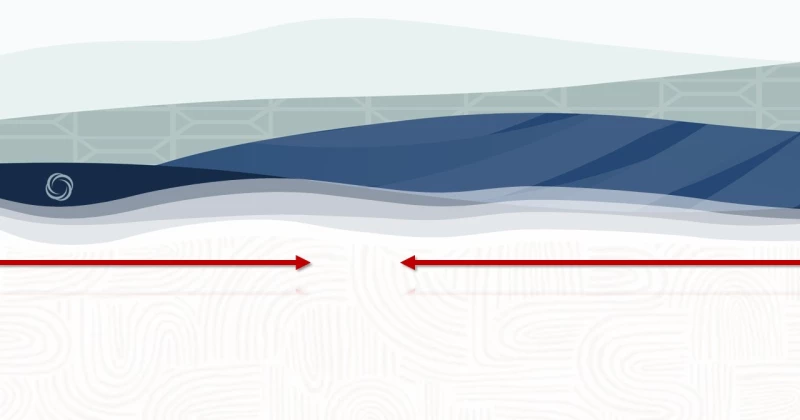Smart meter adoption in the U.S. tops 65%
Growth of advanced metering infrastructure (AMI) has been steadily rising, and, since 2016, the annual rate of acceptance and implementation of the technology is about 4-5%. As of 2020, 65% of electricity meters across the United States are equipped with integrated data processing and two-way communications ability, capabilities that by definition make them smart.
By the end of the decade, it is anticipated that utilities will achieve 90% AMI adoption. Cooperative utilities lead the evolution at around 78% smart meter installation while investor-owned utilities are not far behind with approximately 65% and public power companies lagging behind a bit at a 55% uptake.
In the past, the primary barrier to the transition was on the regulatory side but, increasingly, the value of AMI has become more and more evident. Educating regulators to get on board with the range of benefits smart meters can provide is the first step, and significant inroads have been made to do so. But the full value proposition of smart meter deployment will blossom beyond workforce optimization, billing accuracy, and outage detection as more granular collection intervals and improved analytics and storage develop allow the collection and interrogation of hundreds of thousands of data points.
Following the requirement of utilities to transition customers to default time-of-use rates in 2018 and 2019, utilities are trying pilots to find models that work for customers beyond basic electricity usage and encompass solar, storage, and the growing base of electric vehicles (EVs). And while demand resource totals in wholesale markets decreased by 4% from 2019 to 2020 nationwide, peak load requirements actually increased across the same period. The decreased load is attributed to a combination of COVID and a general trend of flattening and decreasing loads overall due to greater energy efficiency. The electrification of heating in buildings and homes will lead toward a reversal of that trend in the future; so utilities will be challenged to expand both load management programs and enrollment in retail dynamic pricing programs, currently increasing 12-19% over the past two years.
Finally, while the smart meter installed base has grown by 9.3% between 2017 and 2020, tens of millions of older meters remain on the grid and the full transition to AMI and the reaping of the benefits available won’t be fully accessible for more than a decade.
ESC Partners is building smarter communities from utilities work to public works with solutions in the Oracle Cloud. Let us help you take full advantage of all the Oracle SaaS options available or walk you through our personalized Care-as-a-Service (CaaS) solutions. Just send us a note via the contact form, and we'll circle back within 48 hours.
customer care, customer service, customer care as a service, customer operations, utility customer operations, utility billing, customer billing, call center, utility lockbox services
Related Content
-

City of Carmel’s Scott Campbell has the best advice for your utility SaaS project
Four SaaS tips from a utility that went live with zero customizations.
-

Four key first steps to finding the perfect billing software for your city’s needs
On the SaaS hunt? Our SVP tells you just where to start.
-







